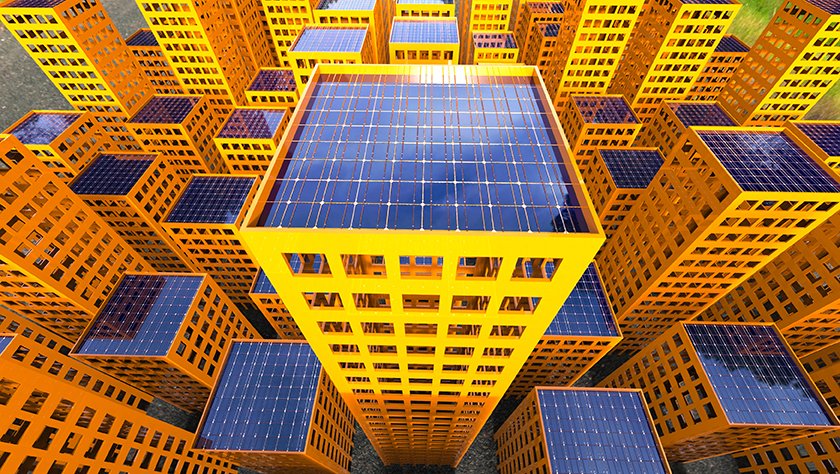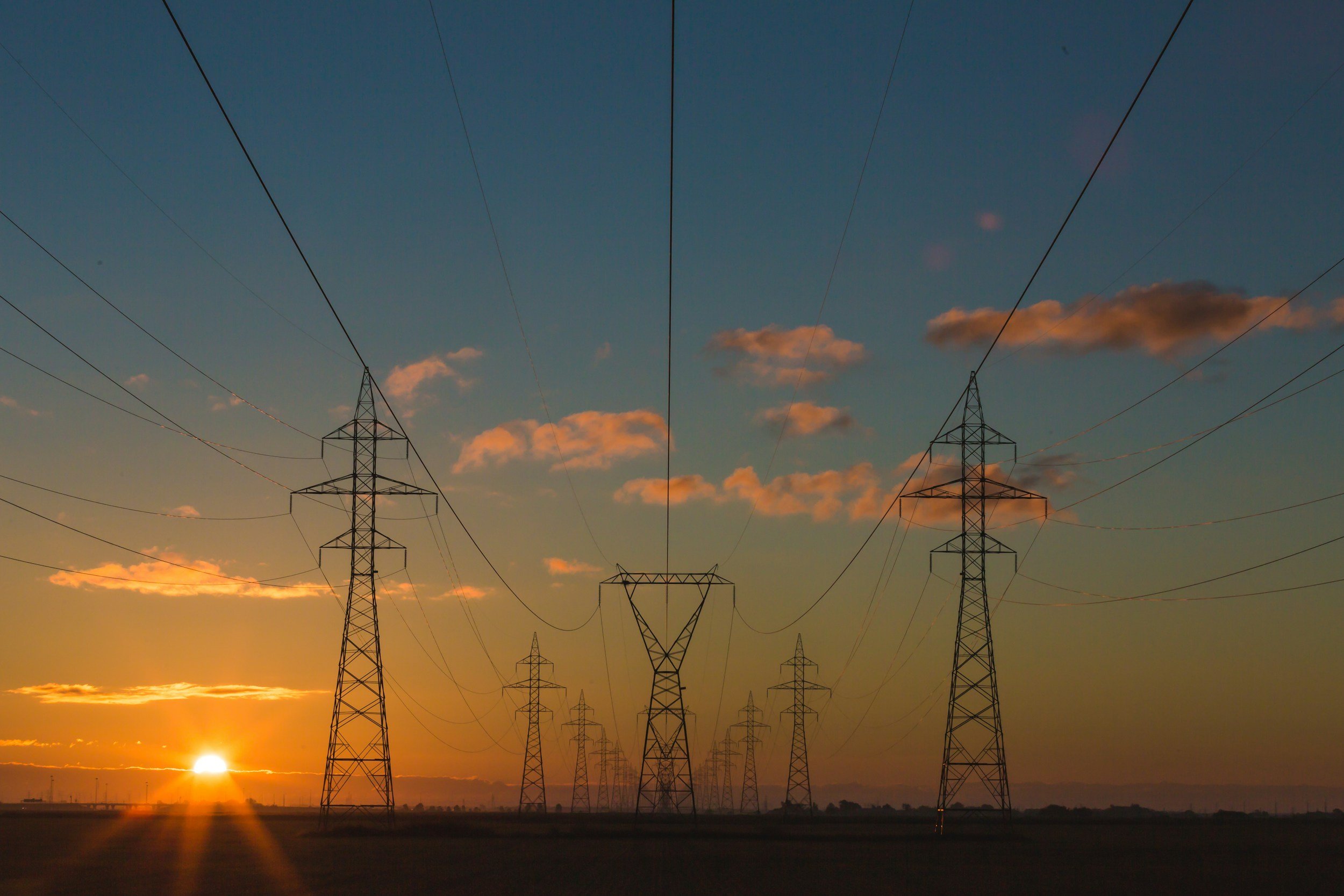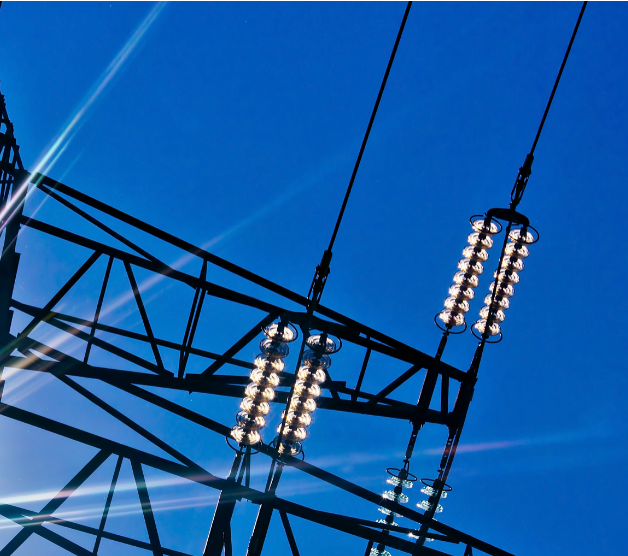
Red Tape reducing the power to choose a better way
While the popularity of embedded electricity networks is increasing, there remains a big stumbling block to greater adoption of this innovative energy supply solution.
Red tape makes the approval process more complicated and longer than it needs to be. The Australian Energy Regulator (AER) should redesign its approval process to be more efficient and supportive of the benefits of ENs as currently applications can take 18 months to two years to complete.

The new Default Market Offer explained
The new Default Market Offer (DMO) for electricity prices has been confirmed and comes into effect on 1 July 2025.
In brief, rises will be highest in New South Wales and lower in south-east Queensland and South Australia. Broken down into a weekly increase we’re looking at between $1.37 and $4.38.
Embedded networks can lock in fixed-rate contracts for longer periods, providing more price stability and certainty for customers compared to the volatility of the DMO-based retail market.

Big power price savings confirmed in landmark official report
The national body, responsible for regulating the entire electricity industry in Australia, the Australian Energy Regulator’s (AER), has returned its draft decision on the long running and comprehensive review of embedded networks .
It found customers achieved an average discount to the default market offer (DMO) of 14% delivering overwhelmingly positive for embedded networks.

Embedded Networks: powering our cities of the future
Our cities are running out of land. It’s a case of building up, not out, to protect our green space and minimise urban sprawl. Of course, that means more high and medium density living. And this is where embedded networks come into their own.
At its core, an embedded network is a private electricity network, or microgrid. There is one connection point to the grid and the power is shared to a defined area, commonly an apartment complex, office tower or shopping centre. The building owner or operator buys power in bulk from an embedded network operator. The savings from this ‘bulk buying’ are then passed on to the building residents or tenants.

Embedded Networks: a global evolution
On the path to Net Zero, modern countries are looking at cutting edge methods of electricity distribution promoting sustainability, reliability and efficiency.
Right now, Australia is leading the way. Embedded networks allow private investment in solar power, battery storage and EV charging, while reducing power bills for customers.
But while Australia is now reviewing regulations for embedded networks, other countries are encouraging them with generous incentives.

Powering affordability, sustainability, and community living
Embedded networks are also poised to play a pivotal role in the long-term transition to a sustainable energy future. By enabling investments in solar, batteries, and other distributed technologies, these specialised systems unlock the ability to share clean energy resources across communities. This not only reduces emissions, but also empowers residents and businesses to shape a more sustainable tomorrow.

Embedded networks powering affordability, sustainability, and community living
One of the key benefits embedded networks provide to residents is lower energy prices. By leveraging economies of scale and securing long-term energy contracts, embedded network operators can offer customers rates that are significantly lower than the default market offer.

Bulk gas hot water solutions in stratas
Our Bulk Hot Water Systems often achieve savings of up to 40% than alternative suppliers. Hum purchases the gas in bulk and on-sells hot water to the residents at low energy rates, additionally we can supply and install best in class remote sub-metering systems.

Why appoint us as your Embedded Network Manager (ENM)?
An ENM is appointed to overview the network, maintain embedded network metering information regarding, the meter types and configuration of metering installations at the parent connection point and all child connection points on the Embedded Network.

Commercial Solar For Strata Communities
Our community funded finance model is perfect for strata communities. Up to 50% less than grid-supplied peak electricity. Now is the time to start planning energy-saving projects as wholesale electricity market conditions have led to a significant and unprecedented increase in retail contract rates.

Second Australian battery to be built for Victoria
Following the large success of the 100MW lithium-ion battery in South Australia. Tesla have been selected to begin another battery storage project, this time in Victoria at Bulgana Green Power Hub.

What rules apply to sell energy in NSW?
The supply and billing of energy to residential customers, and small businesses, is regulated through the National Energy Retail Law and the National Energy Retail Rules.

Australian commercial solar, lowest cost in the world.
This article is intended to provide an update of the current trends in the solar industry both in Australia and globally, and show evidence of the remarkable fact that solar is now considered in most applications.

Installations for stratas are expected to reduce costs upwards of $150,000
Increases in electricity costs effective July 2017 have affected all business’ and body corporates. Unfortunately, the increases in electricity cost’s are not set to reduce anytime soon. Meaning energy reduction solutions are becoming a must for SMB’s and body corporates.
